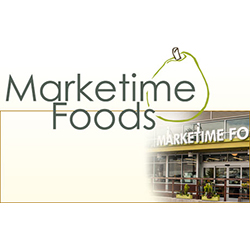As the USDA said late last week that it would not tap into contingency funds for the November Supplemental Nutrition Assistance Program (SNAP) benefit disbursement, food recovery organizations, food banks and food pantries have begun bracing for what will likely be an influx of need, says Rod Wieber, executive director of Feeding Northwest.
Wieber says that with some of the federal funding cuts to programs earlier this year and furloughed military families have already increased the need for food assistance programs. Feeding Northwest distributes fresh produce not only to the Northwest but to food banks throughout the country.
“It's like this little tsunami; it just kind of keeps building, little wave after wave,” he says.
“You've got this receding federal support that's been there for years, but then you have this little tidal wave of need that's coming in and that's just been building here over the last several months. Now we know that there's this looming impact with SNAP here this weekend, and our food banks are just fielding calls.”
Pacific Northwest
Eric Williams, community partnerships director at Second Harvest Inland Northwest, which serves central and eastern Washington and northern Idaho, says last fiscal year Second Harvest Inland Northwest distributed more than 37.5 million pounds of food, or about 18 semi loads a week.
“Our job is to get large amounts of food in the door and then back out the door to a network of well over 200 food banks, food pantries across that region that's over 50,000 square miles,” he says.
It's been a noticeable uptick in need already, according to Williams.
“It's stark,” he says.
Williams says Second Harvest Inland Northwest holds mobile markets, which usually disperse about 250 30- to 40-pound boxes to families.
“We had one in the Spokane Valley yesterday and another one in Wenatchee. In the Spokane Valley we served 474 families, and in Wenatchee we served 485 and turned at least 60 cars away,” he says.
Wieber, too, says he's been in meetings this week with food banks across the state and most express concern at the uncertainty of need. These food banks know the need will increase, but they're not sure by how much.
“We're just seeing new faces showing up at our food bank now,” he says he's heard some of the food banks say.
And Wieber says that while it's likely that there will be a groundswell of donations and volunteers around the holiday season, most organizations don't know if it will be enough to offset the increased demand. Wieber says with a greater need comes greater monetary resources to transport the food to rural communities and smaller food pantries in urban neighborhoods.
“That's the unknown right now is will there be enough to support that groundswell of need that's going to be out there?” he says. “Yes, we do see people definitely dig in their pockets and purchase additional pantry supplies to help food banks and support with their time, but is it going to be enough with this bigger need that's out there?”

Northeast
Liz Miller, senior manager of community relations for Massachusetts-based Spoonfuls, says the partner organizations that Spoonfuls supports have come together to discuss how best to help fulfill this anticipated need in a coordinated effort.
“We've received like an influx of partner inquiries from new partners looking for food,” she says. “Our existing partners are reaching out, asking what our plan is and how we are responding. Folks are talking about how to coordinate efforts.”
In 2024, Spoonfuls says it recovered 5.5 million pounds of food, most of which was fruits, vegetables, meat and dairy. Its efforts helped more than 370,000 individuals in the state.
Miller says partner organizations have also communicated how many of the SNAP benefit recipients will need to learn how to access food in ways they haven't had to before.
“Everybody is very much in this moment just trying to figure it out and asking a lot of questions and not yet really landing on solutions,” she says. “I've even heard some pantries say, ‘We're already at capacity with what we're able to do and who we're serving, and we don't envision ourselves being an effective stopgap in this moment as much as we want to be.'”
Miller says this could mean these food pantries Spoonfuls supports don't have enough volunteers or the space to take on additional storage to meet this unknown but likely increasing need.
“It's really just everybody very much scrambling to figure something out and trying their best to work together but also being laser-focused on how they support their own communities,” she says.
Miller, too, says it's important to point out that the loss of SNAP benefits will have a big ripple effect on the economy.
“It's going to have a pretty sizable impact on a lot of retailers,” she says. “I've heard in some regions of Massachusetts and in urban areas, the revenue generated by SNAP is in some places 50% to 60% of what retailers are bringing in. When this SNAP money disappears, those retailers are going to be hit very heavily.”
Midwest
“None of us will know exactly what the demand is going to be, but we know that it's going to be increased,” says Jada Hoerr, chief resource officer of Midwest Food Bank. “Where we shine is that we can be nimble to provide support to our nonprofit partners the best that we can.”
Hoerr says that although food banks and pantries expect the need for resources will grow in the coming weeks, a bright spot in all of this is the collaborative spirit of these organizations.
“The emergency food system is resilient,” she says. “The nonprofit partners, the food banks, the food donors — we do all the best we can to get food to those people in a time of need. That's a resilient system, and I have high confidence that there will be increased demand, and it will be a challenge, but we will provide solutions.”
The Midwest Food Bank has 10 locations as well as remote locations throughout the country in the Midwest, East Coast, South and Southwest and serves more than 2,400 nonprofit partners.
“We're just doing everything we can in this moment to say yes, to be able to procure the food so that we can be ready to distribute it to our nonprofit partners,” she says. “In some cases, we've added partners.”
Hoerr says that this uncertainty could cause some to become downtrodden and that she knows being of service is the best way to step up to the plate at this time of great need.
“We just need problem-solving and a steady focus on our mission, and that's going to serve the food-insecure the best possible,” she says.
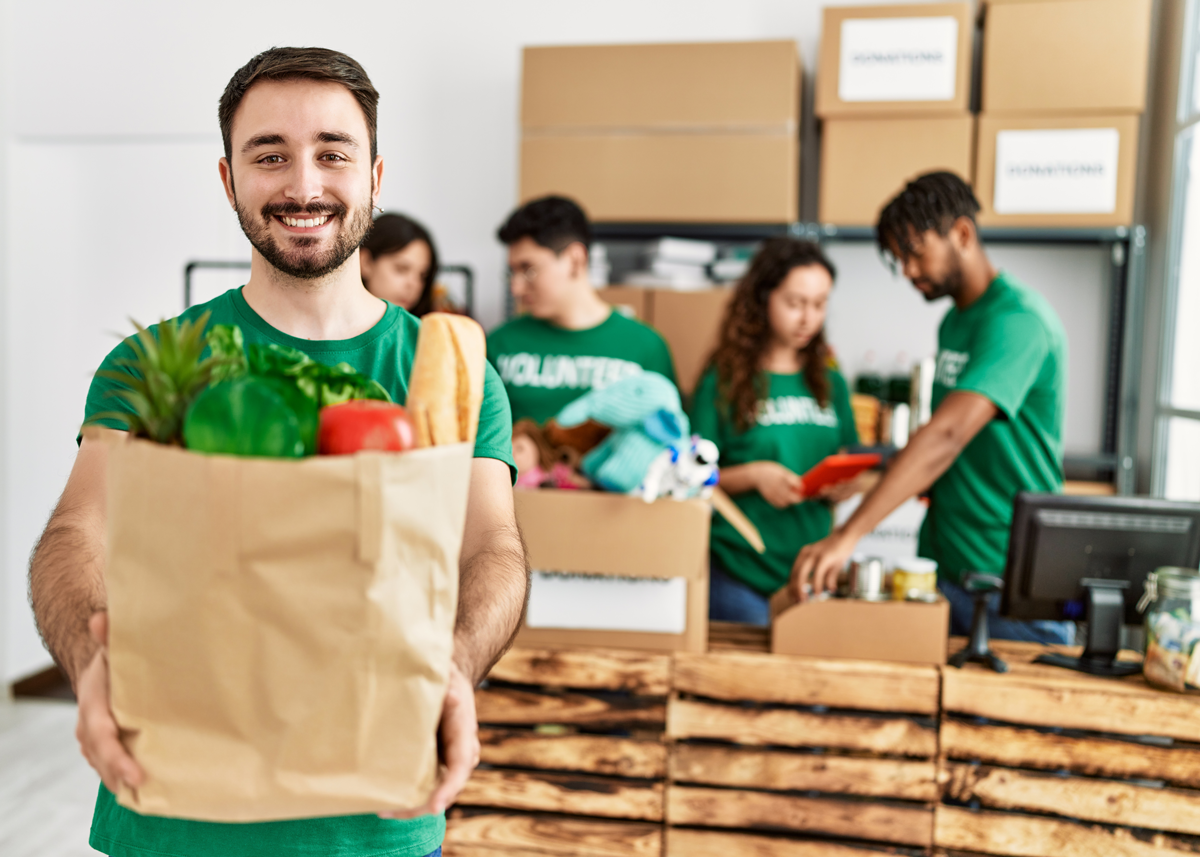
Community Impact
Williams and those working in the food recovery space say that meeting this expected increase in need is not possible without growers, retailers, distributors and more. Williams says about 87% to 92% of Second Harvest Inland Northwest's food comes from private donations.
“It's the first harvest that makes the second harvest possible,” Williams says. “And it's that generosity that gets that food to us.”
And he says it would be easy to get bogged down in this overwhelming sense of anticipated need; he says a good, healthy dose of optimism doesn't hurt.
“To be a food banker, you've got to be optimistic and kind of have that ‘the glass is three-quarters full' outlook,” he says. “The generosity of the farmers, the ranchers, the orchardists, the grocers, the manufacturers in this region who make it all possible for us — just taking a second and reflecting on their generosity really helps you through. To get that generosity and graciousness of the people who donate food and funds and time, that's what keeps our spirits up.”
Wieber says part of his role is to help spread the wealth, sending loads of fresh produce to Houston, Minnesota and more.
“It's great to have this industry that you know supports us because we couldn't do our work without them,” he says. “We take for granted here in Washington state that we have apples year-round, but there's other places that, while they can get them, they just don't see them in the supply that we do. So, to be able to share that abundance with other places besides here in the Northwest, it's great, it's wonderful to do. We're thankful for the people that we work with in the industry that support us in that way.”
Hoerr also says she's grateful for the critical role that food donors play for the Midwest Food Bank.
“We're thankful for the opportunity to distribute it to individuals and nonprofits that are in need,” she says.
And Miller encourages those who want to get involved but aren't sure how best to help to reach out to the local organizations.
“For many, it's probably financial resources; for some, it might be volunteer resources,” she says. “The good news is I think some programs are hearing from folks in ways they weren't before.”
But she tempers that with the economic reality that some people may not be able to give more.
“The need has increased so much,” she says. “The cuts that we've already experienced has already put more pressure on the philanthropic. The demand there was already higher and in some cases the willingness to give has shifted because of the uncertain economic times, so it's a bit of a mixed bag.”
Miller says it's important to communicate the vital role that SNAP and food recovery programs play in communities.
“Make that point to legislators and to the USDA, that is responsible for SNAP funding, to really hammer home that point that it's so much more than just feeding people; it's an economic driver,” she says.
Hoerr says that she's definitely seen an increase in financial donations and those wanting to volunteer.
“We need more, but I think just that people are starting to prepare themselves to be community advocates,” she says. “We want to encourage that and provide a safe place for people to donate their funds and to donate their time to help be a good neighbor to their community.”
Your Next Read:


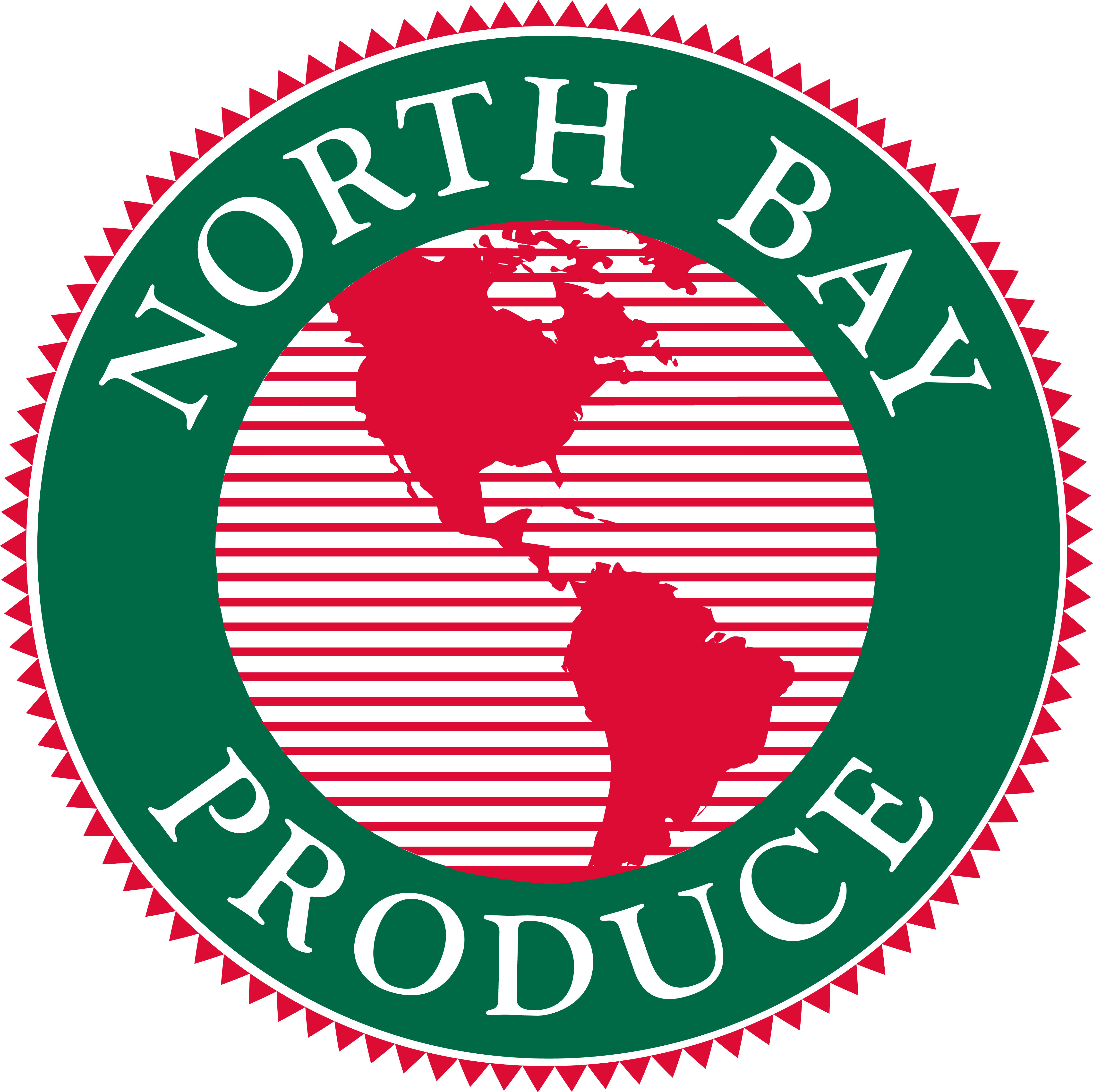
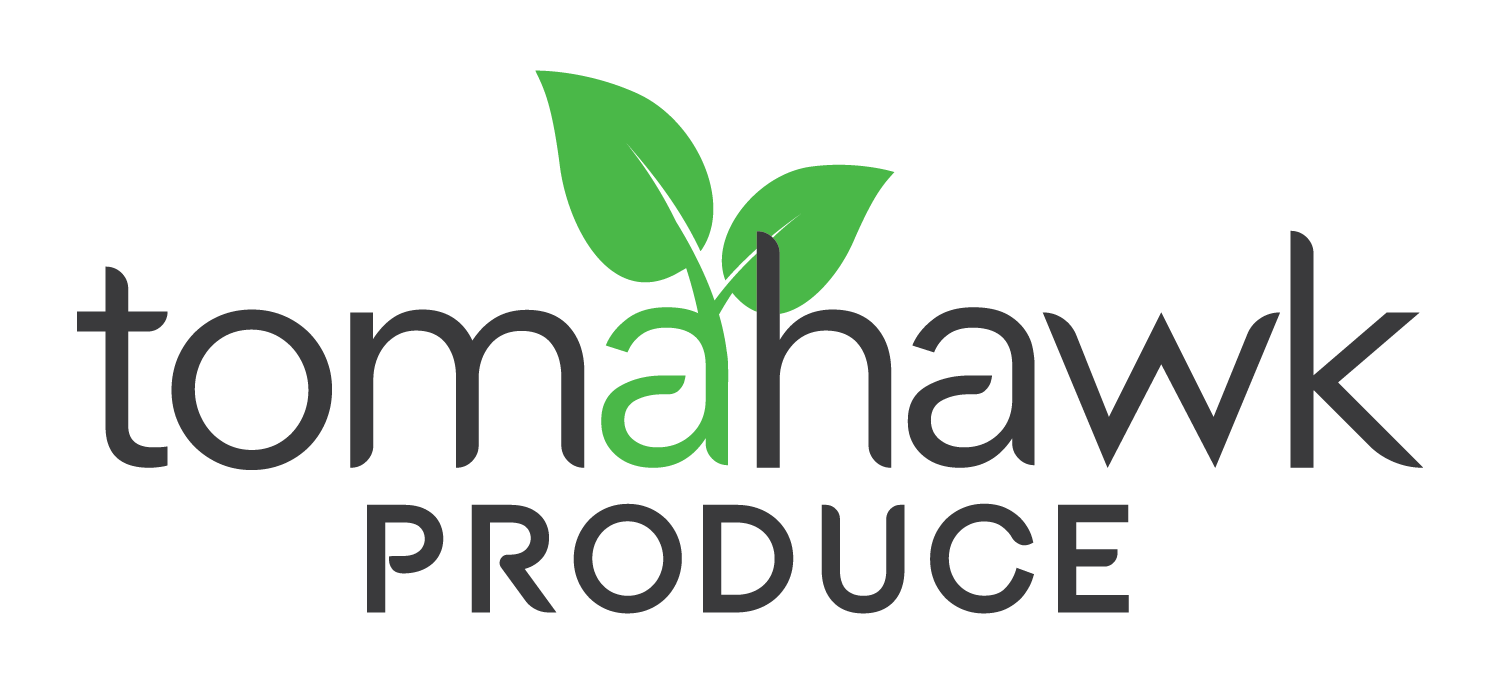

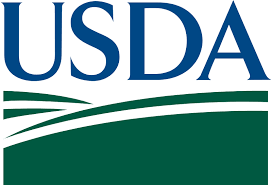

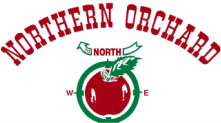
![oshita_logo-700x150[banner]](https://www.producemarketguide.com/media/user_d8z4x9EzGb/117200/oshita_logo-700x150[banner].png)
